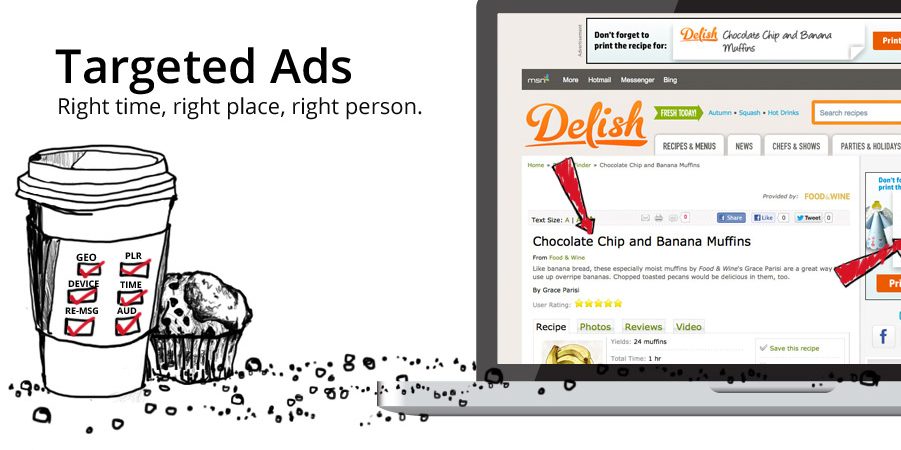
Digital Advertising Dilemma
April 11, 2017
In the past few weeks, reports of ad networks serving up paid advertising before or during, at best, questionable content has given the online advertising industry and its buyers pause. I’ve read several articles on the subject, most recently from The New York Times, and I’m not sure where I’ve landed yet.
Last year, with all the presidential election rhetoric, especially around fake news, I asked a few of my colleagues if we ever took into consideration “where” or “what” our ads were placed against. It was deemed somewhat of a non-issue at the time, but there wasn’t a lot of understanding at that time of the implication (I’ve since learned from several sources we were WAY ahead of the curve on this and didn’t have anything about which to worry).
As a marketer who has championed first-party data activation, i.e. using various contact and data points to locate a specific consumer online, I wasn’t surprised at the recent news. Let me explain …
First, the U.S. guarantees free speech, even hate speech. Social networks and platforms, like YouTube and Facebook, have extended the already online amplification and reach of this content. I’m a firm believer in the first amendment and will defend it until the day I die. So, this content is going to exist in platforms that have a financial need through advertising to make money to their shareholders. Capitalism meet opportunity.
Second, I know who you are, as a consumer. You made a purchase, visited my website, or downloaded my app. Not only do I know you, I can find you when and where you are. Amazon perfected this model, and while it hasn’t reached maturity or saturation, it’s definitely the direction advertising is moving, as somewhat explained in the NYTimes article.
I know you purchased that pink bunny t-shirt or needle-nose pliers from me as a mundane transaction, but it doesn’t tell me “who” you really are as an individual. It will likely not define your religious beliefs, cultural background, sexual interests, etc. … generally.
Your internet history is full of this data and I might have some of it, but if you’re a member of the KKK and shop my website, I likely wouldn’t know the former, just the latter. And I want you to buy again. I’ll run advertising “where” you are, because I can find you, my past customer of that bunny t-shirt and I have a new giraffe blanket I know you’ll love. My data says you will. You visit an “offensive” site that serves banners from my ad network and see the giraffe. Now what? Did I sponsor that content or just find YOU?
Okay, but as a brand, I say I don’t want my advertising to appear on hate or inappropriate content … or do I? Honestly, I’m not sure.
When I see a 15-30 second video before a YouTube or news clip, I rarely associate the ad with the content I’m watching. Even the in-video banners that pop aren’t entirely based on content, but maybe that next vacation I was researching. However, if that page/website has a full “sponsorship”-type take-over advertising, then I’d give pause.
In our current digital advertising age of 1:1 marketing. I know Ross, I can find Ross, and I can message to Ross to buy again or to buy the “next big thing,” and I will. Should I care where Ross receives my advertisement, probably, but only if I can’t find him in other channels.
In the customer example above, maybe the KKK pink bunny loving customer also reads the Wall Street Journal? Could I reach him or her on that site instead? Yes, very likely but probably at a higher cost per impression or acquisition.
Brand reputation, customer loyalty, content, context, budget, and many other factors are just what’s coming to light within the ad industry. I can be more targeted. I can talk to YOU! But you are complex and have a lot of varied interests and all of that should be part of an overall company’s online presence and reputation.
Buyer beware, even when buying advertising.
Post Tags:
Advertising, Digital Advertising, First Party Data, Free Speech, Programmatic Buying, YouTube,